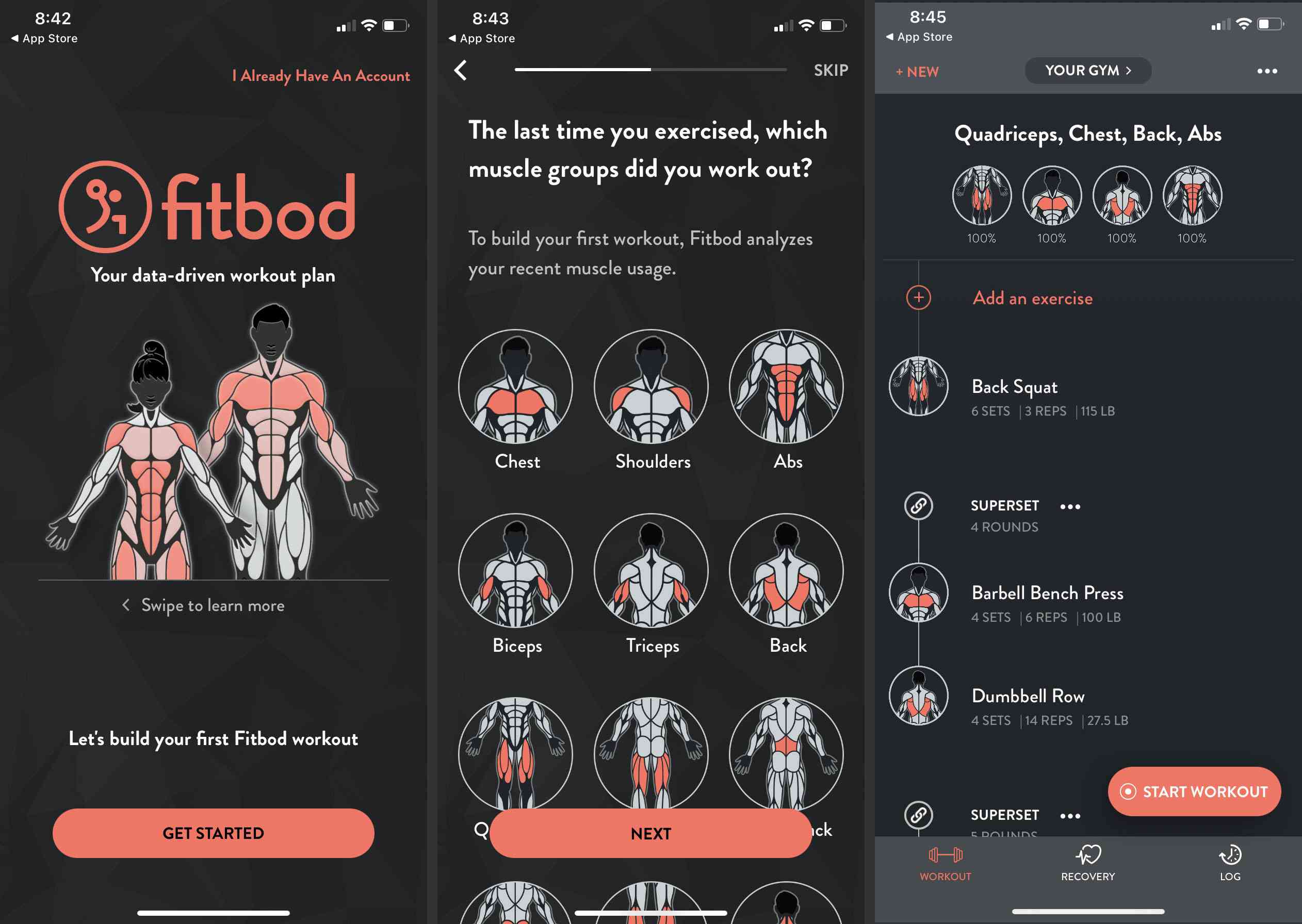Introduction: In the noble profession of medicine, where compassion and expertise are paramount, female doctors have long faced a distressing reality: workplace harassment. While their contributions to healthcare are invaluable, they often endure unwarranted advances and discrimination. This article aims to amplify the voices of female doctors as they break their silence, shedding light on the pervasive issue of workplace harassment and the urgent need for change.
The Hidden Plight: For years, female doctors have silently shouldered the burden of harassment, enduring both subtle and overt forms of mistreatment. Behind the white coats and stethoscopes, they have faced disparaging comments, belittlement, and inappropriate behavior that undermines their professional capabilities. As society moves toward greater gender equality, it is disheartening that such discrimination still prevails within the medical field.
Unveiling the Stories: By giving female doctors a platform to share their experiences, we hope to expose the magnitude of this issue. Dr. Sarah Martinez, an accomplished surgeon, recounts instances where her authority was questioned and undermined solely due to her gender. Dr. Jennifer Lee, a respected pediatrician, speaks of the frequent dismissive remarks she receives from colleagues, perpetuating a toxic work environment. These stories, echoed by countless others, serve as a wake-up call to the prevalence of workplace harassment within the medical profession.
The Toll on Mental Health: The emotional toll of workplace harassment on female doctors cannot be overstated. The constant fear of being objectified, undermined, or subjected to inappropriate advances weighs heavily on their mental well-being. Many doctors suffer in silence, fearing retribution or career repercussions if they dare to speak out. This detrimental impact on their mental health not only affects their professional performance but also their overall quality of life.
Breaking the Silence: The time for silence is over. Female doctors are increasingly finding their voices and courageously speaking out against workplace harassment. Their collective strength is empowering, challenging the status quo and demanding change. Social media campaigns like #NotJustADoctor and #TimesUpMedicine are bringing attention to the pervasive issue and fostering a sense of solidarity among medical professionals. The solidarity displayed by these doctors serves as a rallying cry for a cultural shift within the medical community.
Addressing the Issue: Creating a safer and more inclusive work environment requires a multi-faceted approach. Medical institutions must prioritize the implementation of stringent policies that unequivocally condemn harassment, ensuring zero tolerance for such behavior. Reporting mechanisms should be accessible, confidential, and free from retribution, providing a safe space for victims to come forward. Additionally, fostering a culture of respect and equality through education and awareness programs can help dismantle the harmful power dynamics that enable harassment.
Conclusion: The stories of workplace harassment shared by female doctors are a stark reminder that discrimination and mistreatment persist, even in esteemed professions like medicine. By amplifying their voices and shedding light on their experiences, we pave the way for change. It is imperative that medical institutions, professional associations, and society as a whole come together to create a workplace environment where female doctors can thrive, unhindered by harassment. Let us seize this moment to break the silence, support the victims, and pave the way for a future where gender equality reigns within the medical profession and beyond.










